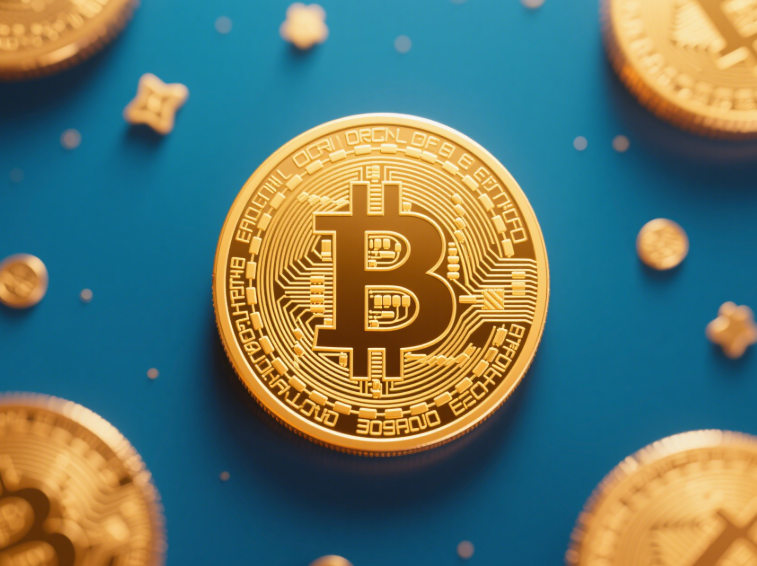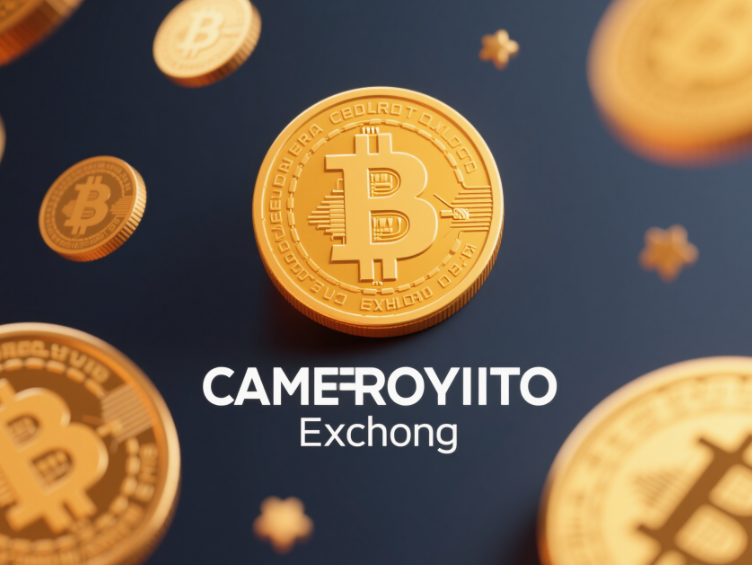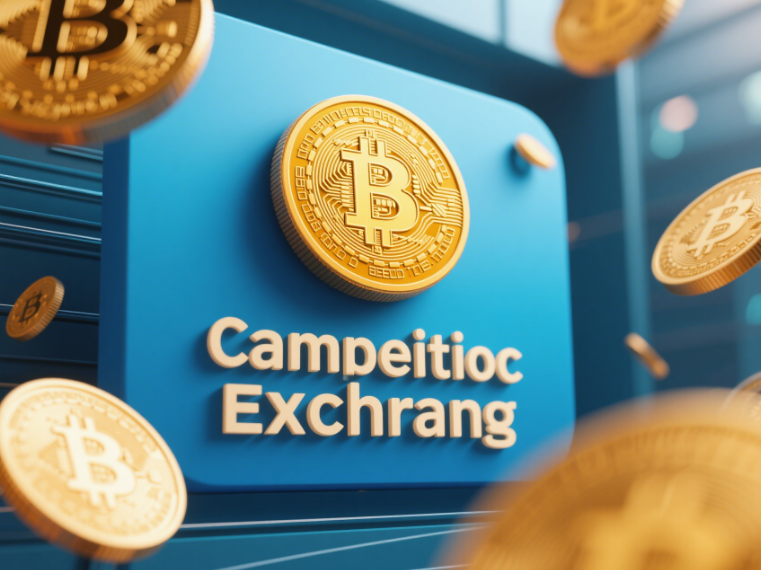In the world of cryptocurrency investment, selecting the right exchange is like finding a sturdy and reliable harbor in the vast ocean. For many Bitcoin enthusiasts and beginners, choosing among numerous exchanges in the market has become a crucial issue. Below, we'll detail the 7 golden standards for selecting a cryptocurrency exchange.
1. Security: The Foundation of Trading
Security is undoubtedly the most important factor when choosing a cryptocurrency exchange. After all, our digital assets are entrusted to these platforms, and any security breach could lead to significant losses.
| Comparison Item | Secure Exchange | Insecure Exchange |
|---|---|---|
| Technical Protection | Uses advanced technologies like multi-signature and cold wallet storage to protect user assets. For example, cold wallets store most user assets offline, greatly reducing hacking risks. | Poor technical measures, possibly using only basic encryption, making it vulnerable to attacks. |
| Regulatory Compliance | Complies with relevant laws and regulations, subject to strict oversight. In some regions, exchanges need licenses to operate legally. | Ignores regulations, potentially engaging in money laundering or market manipulation. |
A secure exchange gives investors confidence to deposit assets without fear of theft or misuse. When choosing, check the exchange's security measures and review any past security incidents.

2. Trading Fees: Cost Considerations
Trading fees directly impact investment costs, and different exchanges may have vastly different fee structures.
| Comparison Item | Low-Fee Exchange | High-Fee Exchange |
|---|---|---|
| Trading Fees | Typically low, around 0.1% - 0.2%, reducing investor costs. | High fees, possibly 0.3% or more, increasing investment costs. |
| Withdrawal Fees | Reasonable withdrawal fees that don't overly burden investors. | Excessive withdrawal fees, affecting liquidity. |
When selecting an exchange, consider both trading and withdrawal fees to minimize long-term costs.
3. Liquidity: Trading Activity
Liquidity refers to the ability to quickly buy or sell cryptocurrencies without significantly affecting prices. High-liquidity exchanges have more active trading.
| Comparison Item | High-Liquidity Exchange | Low-Liquidity Exchange |
|---|---|---|
| Order Book Depth | Deep order books allow large trades at near-market prices. | Shallow order books, where large trades cause significant price swings. |
| Execution Speed | Fast trade execution, responding promptly to orders. | Slow execution, potentially missing optimal trade timings. |
High liquidity ensures smoother trading and avoids difficulties or price discrepancies due to insufficient liquidity.

4. Trading Pairs: Investment Diversity
A wide range of trading pairs provides more investment options.
| Comparison Item | Diverse Trading Pairs | Limited Trading Pairs |
|---|---|---|
| Coin Coverage | Offers multiple mainstream and emerging cryptocurrencies, catering to diverse needs. | Only a few common pairs, limiting investment choices. |
| Innovation | Regularly introduces new pairs to follow market trends. | Slow updates, failing to meet demand for new coins. |
For diversified investments, choose exchanges with abundant trading pairs to better spread risk.
5. User Experience: Ease of Use
A good user experience makes trading more efficient and enjoyable.
| Comparison Item | User-Friendly Exchange | Poor UX Exchange |
|---|---|---|
| Interface Design | Simple and intuitive, easy for beginners. | Complex and cumbersome, confusing users. |
| Customer Support | Responsive, professional support to quickly resolve issues. | Slow responses with limited problem-solving ability. |
A user-friendly exchange improves efficiency and reduces unnecessary hassles.

6. Reputation: Market Recognition
An exchange's reputation reflects market trust and credibility.
| Comparison Item | Reputable Exchange | Poor Reputation Exchange |
|---|---|---|
| Industry Standing | Well-regarded in crypto circles, widely trusted by investors. | Frequent negative news, like fund mismanagement or lack of transparency. |
| Media Reviews | Positive media coverage, high credibility. | Poor media ratings, undermining investor confidence. |
Check forums and social media to gauge an exchange's reputation before investing.
7. Innovation: Adapting to Market Changes
The fast-evolving crypto market demands innovative exchanges.
| Comparison Item | Innovative Exchange | Outdated Exchange |
|---|---|---|
| New Products | Regularly launches new offerings like futures or options. | Slow updates, failing to meet market demands. |
| Tech Advancements | Adopts new technologies to enhance efficiency and security. | Technologically stagnant, at risk of obsolescence. |
Innovative exchanges adapt better to market shifts, offering more opportunities and superior services.
Conclusion
When choosing a cryptocurrency exchange, holistically evaluate these 7 golden standards—security, fees, liquidity, trading pairs, user experience, reputation, and innovation. Only by selecting an exchange that excels in all aspects can investors navigate the crypto space with confidence and success. May you find the perfect exchange and reap abundant rewards in the crypto world!
















No comments yet